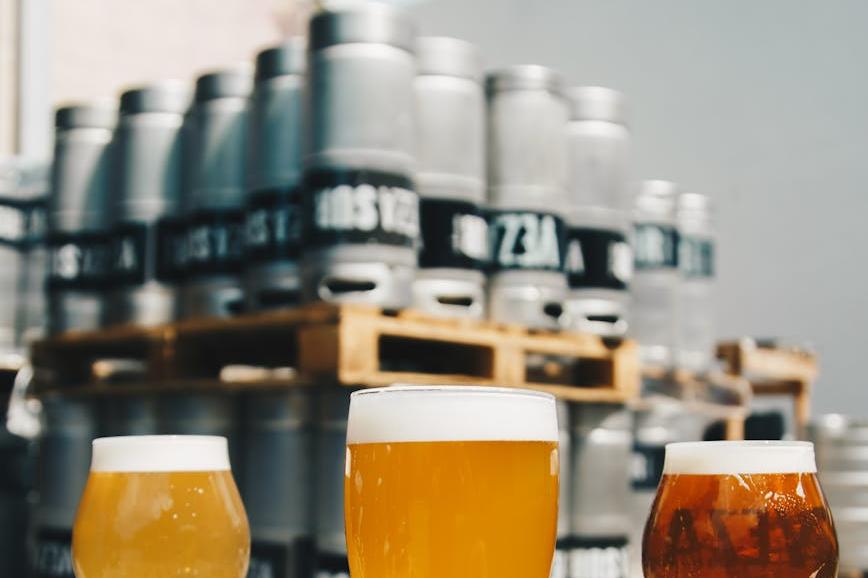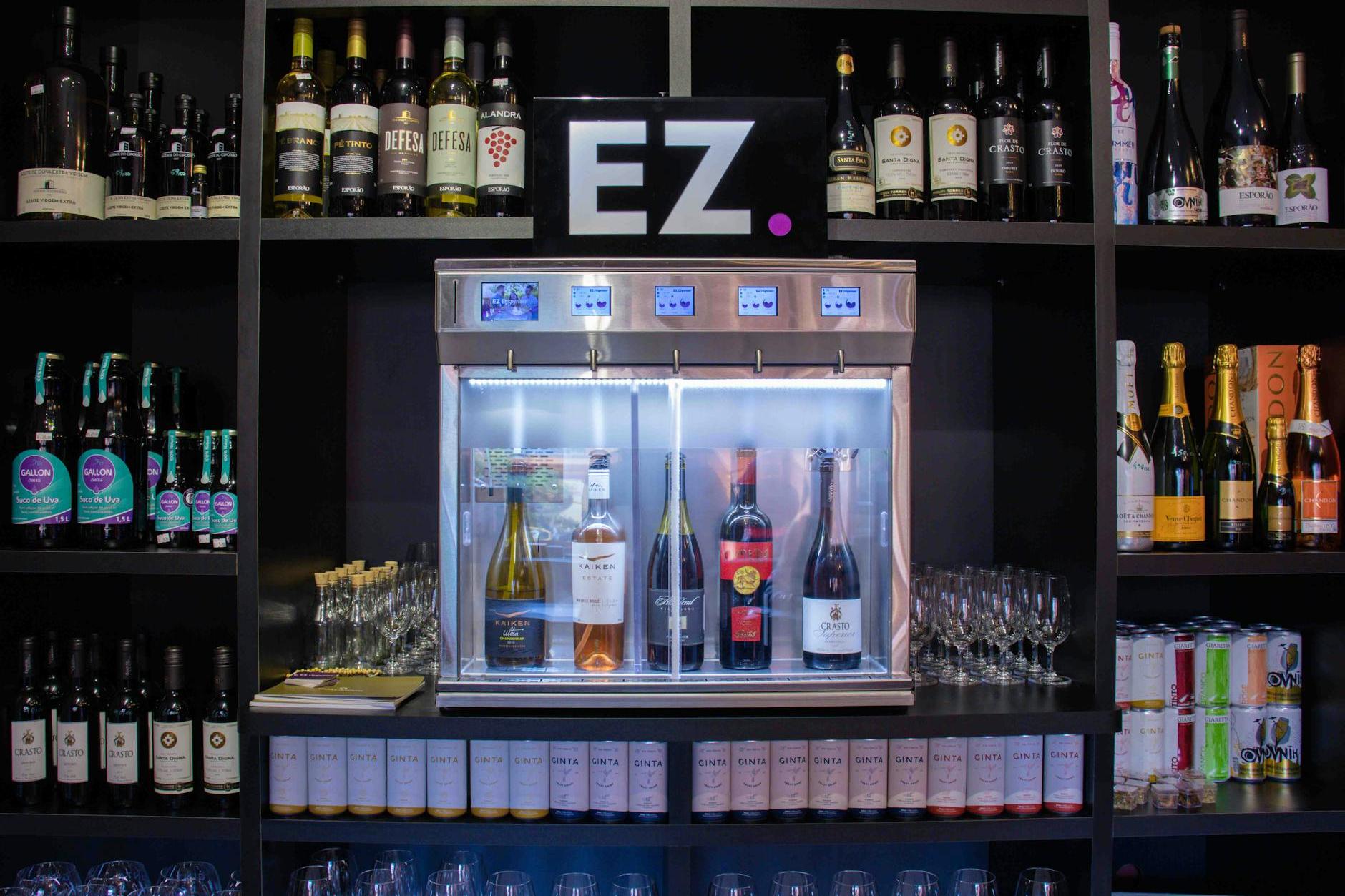- Shanghai Zhongshen International Trade Co., Ltd. - Two decades of trade agency expertise.
- Service Hotline: 139 1787 2118

Contents
ToggleThe Financial Code Behind a Can of German Dark Beer
On a spring afternoon in 2025, as Mr. Zhang was taking inventory of the newly arrived Munich beer in his warehouse, the 42.6% comprehensive cost ratio on the shipping document made him frown slightly. Where exactly had the costs of this liquid gold, which had traveled across oceans, been consumed? As a veteran with 20 years of experience in the industry...foreign tradeVeteran, today we'll use a scalpel-like professional perspective to unveil the true costs behind imported beer distribution.
The Quartet of Cost Composition
The agency fees for imported beer far exceed the mere procurement cost of goods, and their core components can be summarized into four major modules:
- Prelude to Trade: Product certification (such as Halal certification), trademark registration, import quota application
- Logistics Symphony:
- Maritime Transportation: The price difference between Full Container Load (FCL) and Less than Container Load (LCL) can reach up to 30%.
- Special Transportation: Fragile Goods Reinforcement/Cold Chain Logistics Premium Approximately 15-25%
- March of Customs Clearance: In 2025, China's comprehensive tax rate on beer imports (including tariffs, value-added tax, and consumption tax) will remain stable at 42.6%.
- Final Chapter on the Ground: Warehouse sorting, Chinese label printing, regional distribution
Three Typical Budget Models
| Success | 20-foot container cargo value | Comprehensive expense ratio | Key cost items |
|---|---|---|---|
| German industrial beer | $80,000 - $120,000 | 38-45% | Tariff refund, container turnover fee |
| Belgian Craft Beer | $150,000 to $200,000 | 45-55% | Artwork declaration, wooden case fumigation |
| Japan Limited Edition | $50,000 to $80,000 | 50-60% | Cultural product testing, limited edition insurance |
A Veteran's Guide to Avoiding Pitfalls
After experiencing the lesson of container detention at Qingdao Port, I have summarized three golden rules:
- Triple verification of documents:It is recommended to verify through the following methods:, health certificate, and filling date must completely match.
- Logistics Plan A and Plan B: It is recommended to reserve a 10-day buffer period for the Southeast Asia route to account for the impact of the monsoon.
- Tax and Fee Dynamic Monitoring: Utilize free trade agreements (such as RCEP) for tariff planning
The invisible cost black hole
In 2025, an importer's neglect of these three hidden cost items led to an 18% surge in overall costs:
- Demurrage charges due to Chinese label printing errors (USD 200/day)
- The entire batch was returned due to the expiration of the Halal certification.
- Discrepancy in Alcohol Content Leading to Additional Payment of Consumption Tax
Practical cases of cost optimization
In 2025, a Qingdao-based importer reduced the expense ratio by 9.2% through the following combination strategy:
- Opting for Tianjin Port as an alternative to Shanghai Port saves 7% in port miscellaneous fees.
- Adopt the "Bonded Zone Repackaging" model to reduce the tariff base.
- Sign annual contract rates with shipping companies to lock in ocean freight costs.
When you hold this cost map in hand, importing beer as an agent will no longer be a confusing account. Remember, a professional foreign trade service provider should precisely control the temperature and rhythm of each cost component for you, just like a master brewer manages the fermentation temperature.
Related Recommendations
Contact Form
Category case
Get in Touch
Email: service@sh-zhongshen.com
Related Recommendations
Contact via WeChat

? 2025. All Rights Reserved. Shanghai ICP No. 2023007705-2  PSB Record: Shanghai No.31011502009912
PSB Record: Shanghai No.31011502009912









